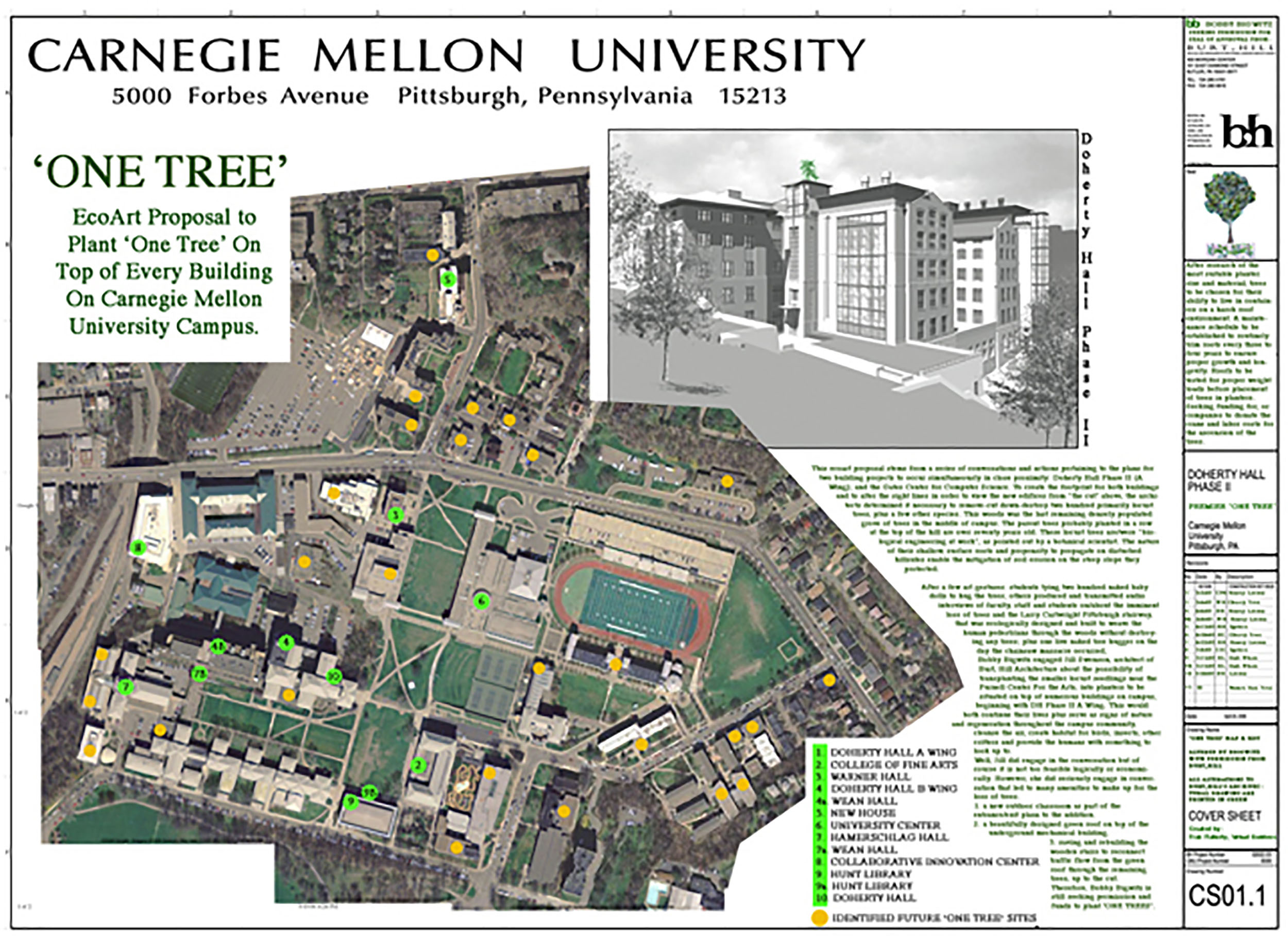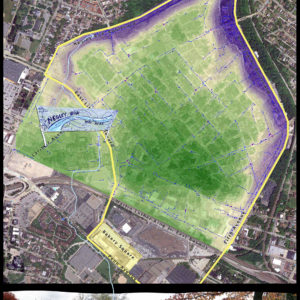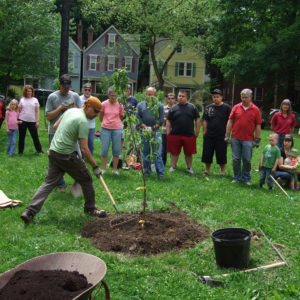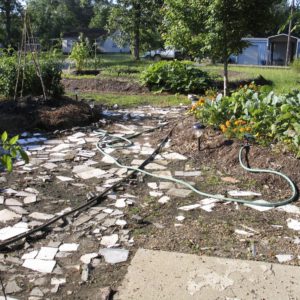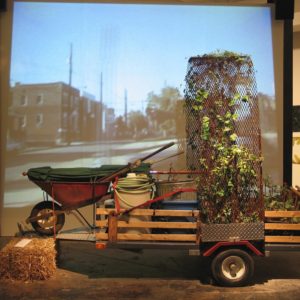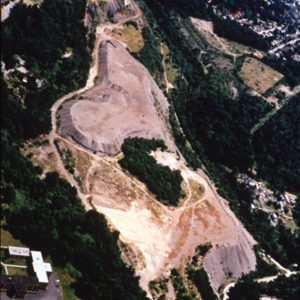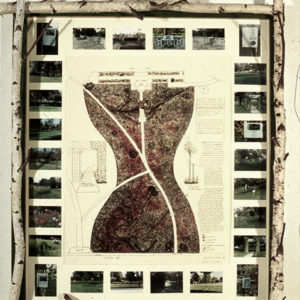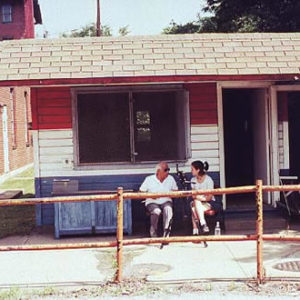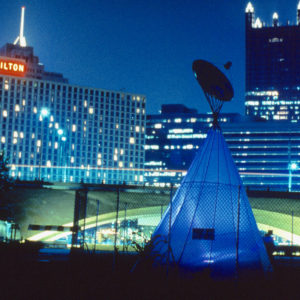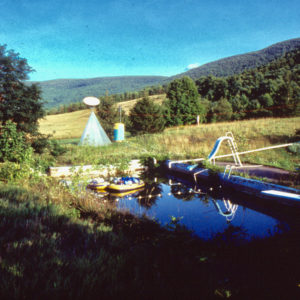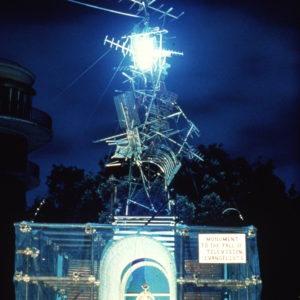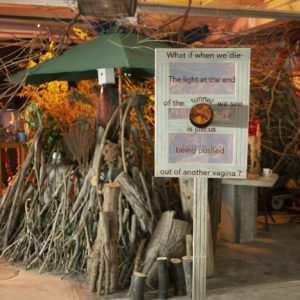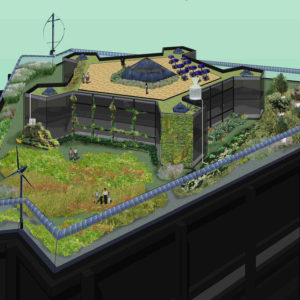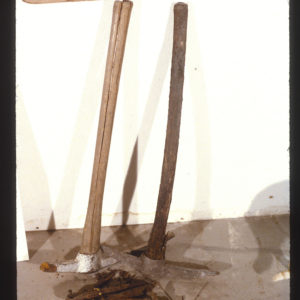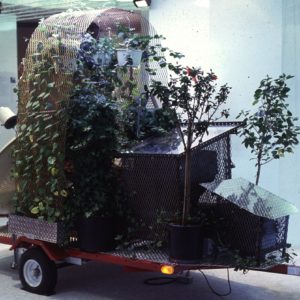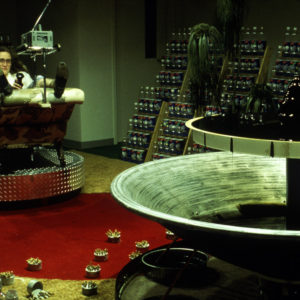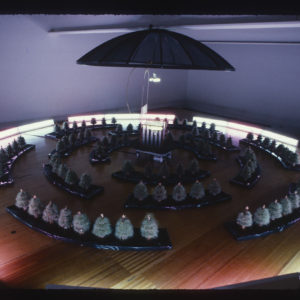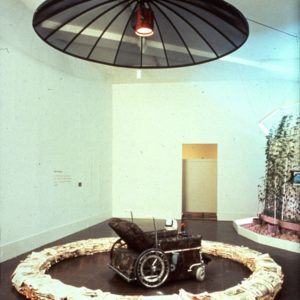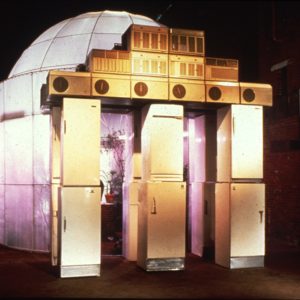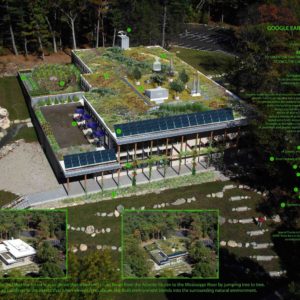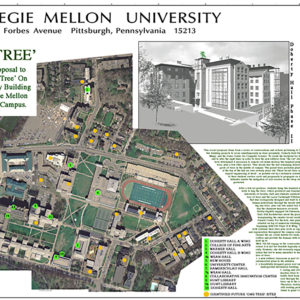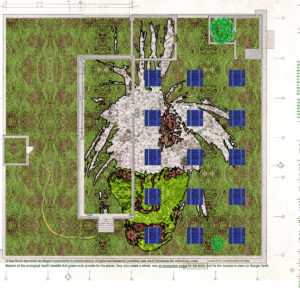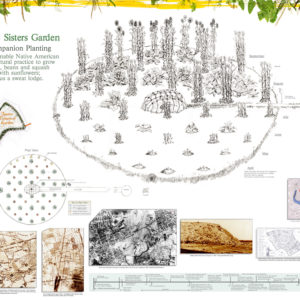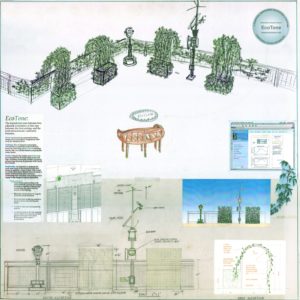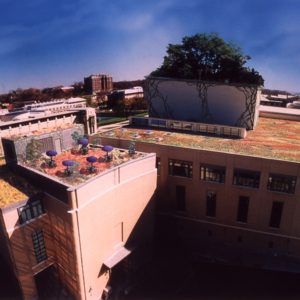Imagine one tree planted on every building on the Carnegie Mellon campus.
This proposal evolved out of an adhoc process to save a centrally located, small grove of Honey Locust trees on the Carnegie Mellon campus. Over the years, like most urban areas, one observes the built environment grow, and natural environment (the grove) shrink. One issue, is loss of the trees themselves, another is that the grove was adjacent to the sculpture area in Doherty Hall and had become a laboratory for sculpting and site work in the natural environment.
Two simultaneous building projects, Doherty Hall Phase II and the Gates Center for Computer Science threatened to destroy the grove. After an attempt to save the trees through a variety of meetings and gestures by faculty and students, less than half were spared. One attempt was the artful, fictitious designation of the Carnegie Nature Reserve that revealed the value of the trees to retain the steep slopes from eroding and as significant habitat for a variety of flora, fauna and artworks.
The architect for the Doherty Hall renovation offered a green roof on one component of the new building project as a sustainable gesture to the loss of trees; give me an inch, I will take a mile, I engaged her and others in the conversation to transplant some of the smaller trees to large planters and place them on top of each and every building on campus. Not too practical or economically feasible but a possible solution to restore balance on the planet, ecologically and aesthetically.
